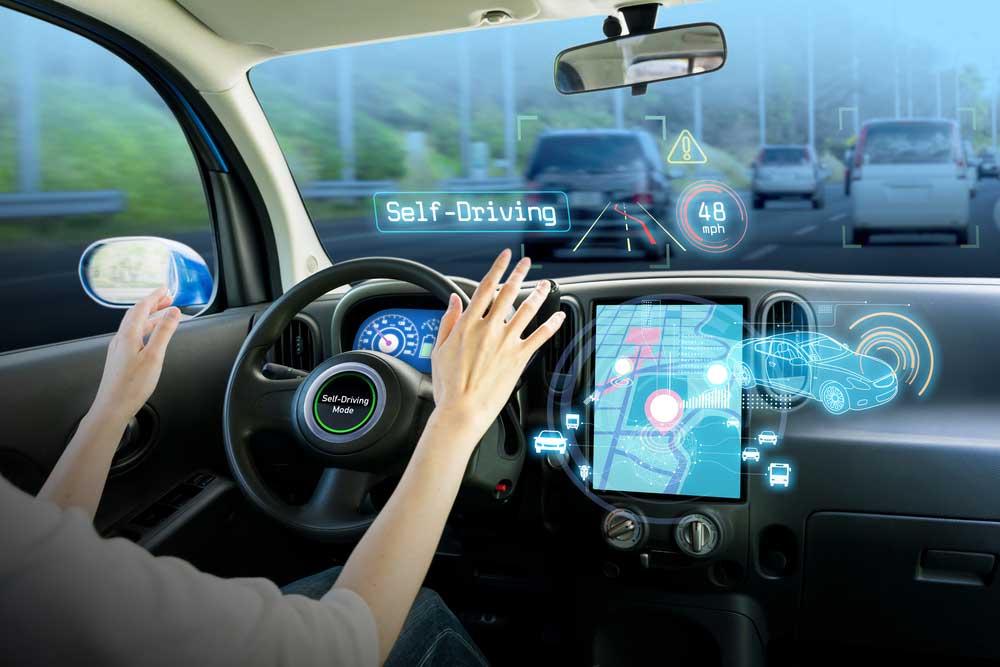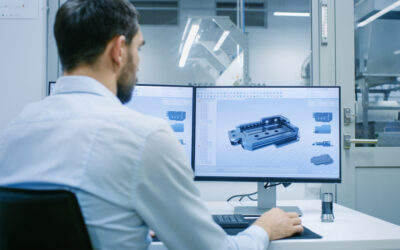The automotive industry is undergoing a technological revolution, with hands-free driving rapidly transitioning from a futuristic concept to an everyday reality. Advanced driver-assistance systems (ADAS) are evolving at an unprecedented pace, integrating artificial intelligence, sensor fusion, and real-time data processing to improve safety, efficiency, and the driving experience.
For engineers, these advancements present both opportunities and challenges. Developing hands-free driving technology requires expertise across multiple disciplines, including robotics, machine learning, automotive design, and regulatory compliance. As manufacturers race to refine and deploy their autonomous solutions, engineers are at the forefront of innovation—ensuring these systems are not only functional but also safe, scalable, and adaptable to diverse driving conditions.
This article explores the latest breakthroughs in hands-free driving, highlighting how leading automakers and technology companies are pushing the boundaries of autonomy.
1. Tesla Full Self-Driving (FSD)
How It Works:
Tesla’s Full Self-Driving (FSD) software is a Level 2+ autonomous system that enables hands-free operation under driver supervision. It builds upon Tesla’s existing Autopilot system by integrating neural networks, computer vision, and real-time decision-making capabilities. Unlike other hands-free driving systems that rely on high-definition maps and LiDAR, Tesla uses a vision-based approach powered by its proprietary AI models.
Key Engineering Features:
- Neural Network Processing: Tesla’s AI analyzes real-world driving data from millions of vehicles to improve the system’s decision-making.
- Vision-Only Approach: The system uses a combination of cameras and radar rather than LiDAR to interpret road conditions.
- End-to-End Machine Learning: Tesla continuously refines its algorithms through over-the-air (OTA) updates.
- Traffic Light and Stop Sign Control: The vehicle can detect and respond to traffic signals, a feature still being refined.
Current Capabilities and Limitations:
Tesla FSD enables automatic lane changes, highway navigation, city street driving, and traffic light recognition. However, it still requires the driver to remain engaged and ready to take over at any moment. Regulatory challenges have prevented it from achieving full autonomy, and safety concerns persist, particularly in complex urban environments.
2. Stellantis STLA AutoDrive
How It Works:
Stellantis’ newly developed STLA AutoDrive is the company’s first in-house automated driving system. It is designed to provide hands-free and eyes-off driving at speeds up to 60 km/h (37 mph), with future upgrades expected to increase that limit. The system integrates ADAS features such as lane centering, adaptive cruise control, and automatic braking.
Key Engineering Features:
- Multimodal Sensor Fusion: Uses a combination of cameras, radar, and ultrasonic sensors to interpret surroundings.
- Hands-Free and Eyes-Off at Low Speeds: Designed for urban traffic conditions and stop-and-go situations.
- Scalability Across Stellantis Brands: The system will be deployed across multiple Stellantis brands, ensuring wide applicability.
Current Capabilities and Limitations:
STLA AutoDrive is initially limited to low-speed environments, but future enhancements aim to enable operation at speeds of up to 95 km/h (59 mph). The system’s reliance on pre-mapped environments and ADAS sensors means it is not fully autonomous but provides significant driver assistance.
3. BYD “God’s Eye” Self-Driving Technology
How It Works:
BYD’s “God’s Eye” ADAS system is a high-tech driver assistance platform being integrated across 21 of the company’s 30 vehicle models. Unlike Tesla’s vision-only approach, God’s Eye combines LiDAR, high-resolution cameras, and AI-powered decision-making.
Key Engineering Features:
- LiDAR and Camera Fusion: Provides precise environmental mapping and object recognition.
- Autonomous Parking and Overtaking: Vehicles equipped with God’s Eye can navigate parking lots and execute overtaking maneuvers without driver intervention.
- Low-Cost Implementation: BYD is bringing ADAS to affordable models like the Seagull, priced at approximately $9,500.
Current Capabilities and Limitations:
BYD’s approach aims to make semi-autonomous driving accessible to a wider audience by implementing advanced features in budget-friendly vehicles. However, regulatory approval and expansion outside China remain challenges.
4. Rivian’s Hands-Free Driver+ System
How It Works:
Rivian is set to launch its hands-free driver assistance system in 2025, with an “eyes-off” version planned for 2026. Driver+ builds upon existing ADAS technology to offer enhanced automation for Rivian’s electric trucks and SUVs.
Key Engineering Features:
- Advanced AI and Sensor Fusion: Integrates cameras, radar, and GPS to enable adaptive automation.
- Long-Distance Highway Assistance: Designed for long trips, reducing driver fatigue.
- OTA Upgrades: Allows continuous improvement and feature expansion.
Current Capabilities and Limitations:
While still in development, Driver+ aims to compete with Tesla’s FSD and GM’s Super Cruise by offering an “eyes-off” mode—potentially reaching Level 3 automation.
5. Ford BlueCruise and GM Super Cruise
How They Work:
Ford’s BlueCruise and General Motors’ Super Cruise are among the most established hands-free driving systems, offering Level 2 automation with increasing capabilities. These systems rely on pre-mapped highways to enable hands-free lane keeping, adaptive cruise control, and autonomous lane changes.
Key Engineering Features:
- Geofenced Hands-Free Driving: Works only on mapped highways for safety and reliability.
- LiDAR Mapping and GPS Integration: Enables precise vehicle positioning.
- Automatic Lane Changes and Predictive Speed Adjustments: Recent updates enhance performance.
Current Capabilities and Limitations:
Both systems offer hands-free highway driving but still require driver attention. Future updates may introduce urban driving capabilities.
The Engineering Challenge of Autonomy
The rapid evolution of hands-free driving underscores the complexities of automotive engineering. From Tesla’s AI-driven approach to BYD’s sensor fusion systems, engineers are tackling challenges related to safety, reliability, and regulatory compliance.
For professionals in the field, these advancements highlight the importance of:
- Interdisciplinary collaboration across AI, robotics, and automotive design.
- Continuous software optimization through OTA updates and machine learning.
- Regulatory adaptation as global authorities set new standards for autonomy.
As hands-free driving systems continue to develop, engineers will play a pivotal role in shaping the future of autonomous mobility—one where vehicles drive with greater intelligence, safety, and efficiency than ever before.




